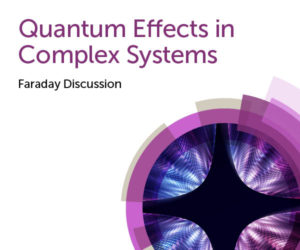 We are delighted to highlight some excellent research recently published in a range of Royal Society of Chemistry journals covering exciting developments in the area of quantum effects in complex systems.
We are delighted to highlight some excellent research recently published in a range of Royal Society of Chemistry journals covering exciting developments in the area of quantum effects in complex systems.
You can get involved in discussing the latest developments in this exciting area with speakers including Helen Fielding (UCL), Greg Scholes (Princeton University), Sharon Hammes-Schiffer (Yale University), David Manolopoulos (University of Oxford) and many more. Submit your abstract for Quantum effects in complex system: Faraday Discussion.
This event in Coventry, UK on 11–13 September 2019 will address the challenge of understanding nuclear quantum effects in complex, many-particle systems, and the insights this can provide into photosynthesis, proton and electron transport in materials, tunnelling in enzyme-catalysed reactions etc.
Submit your abstract by 19 December and get involved!
Read this selection of reviews and original research:
Open Access
Using time-resolved photoelectron spectroscopy to unravel the electronic relaxation dynamics of photoexcited molecules
Helen H. Fielding and Graham A. Worth
Chem. Soc. Rev., 2018, 47, 309–321
Interfacing tetrapyridyl-C60 with porphyrin dimers via π-conjugated bridges: artificial photosynthetic systems with ultrafast charge separation
Christina Stangel, Fabian Plass, Asterios Charisiadis, Emmanouil Giannoudis, Georgios Chararalambidis, Kostas Karikis, Georgios Rotas, Galateia E. Zervaki, Nektarios N. Lathiotakis, Nikos Tagmatarchis, Axel Kahnt and Athanassios G. Coutsolelos
Phys. Chem. Chem. Phys., 2018, 20, 21269–21279
Open Access
Striking the right balance of intermolecular coupling for high-efficiency singlet fission
Ryan D. Pensack, Andrew J. Tilley, Christopher Grieco, Geoffrey E. Purdum, Evgeny E. Ostroumov, Devin B. Granger, Daniel G. Oblinsky, Jacob C. Dean, Grayson S. Doucette, John B. Asbury, Yueh-Lin Loo, Dwight S. Seferos, John E. Anthony and Gregory D. Scholes
Chem. Sci., 2018, 9, 6240–6259
Open Access
Deciphering hot- and multi-exciton dynamics in core–shell QDs by 2D electronic spectroscopies
Marcello Righetto, Luca Bolzonello, Andrea Volpato, Giordano Amoruso, Annamaria Panniello, Elisabetta Fanizza, Marinella Striccoli and Elisabetta Collini
Phys. Chem. Chem. Phys., 2018, 20, 18176–18183
Isotope effects on the spin dynamics of single-molecule magnets probed using muon spin spectroscopy
Lorenzo Tesi, Zaher Salman, Irene Cimatti, Fabrice Pointillart, Kevin Bernot, Matteo Mannini and Roberta Sessoli
Chem. Commun., 2018, 54, 7826–7829











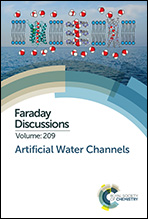 .
.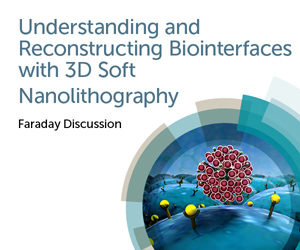 We’ll be discussing some of the latest developments in nanolithography of biointerfaces at our
We’ll be discussing some of the latest developments in nanolithography of biointerfaces at our 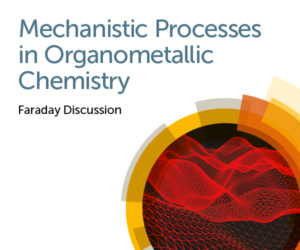
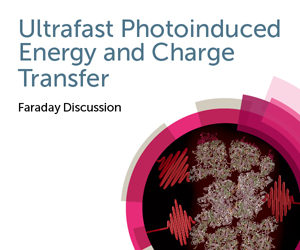
 We are delighted to share this collection of the most read articles from last year’s diverse range of Faraday Discussions. From fundamental studies to applied research, these articles showcase the breadth of topics being discussed by world renowned researchers, with many available
We are delighted to share this collection of the most read articles from last year’s diverse range of Faraday Discussions. From fundamental studies to applied research, these articles showcase the breadth of topics being discussed by world renowned researchers, with many available 


